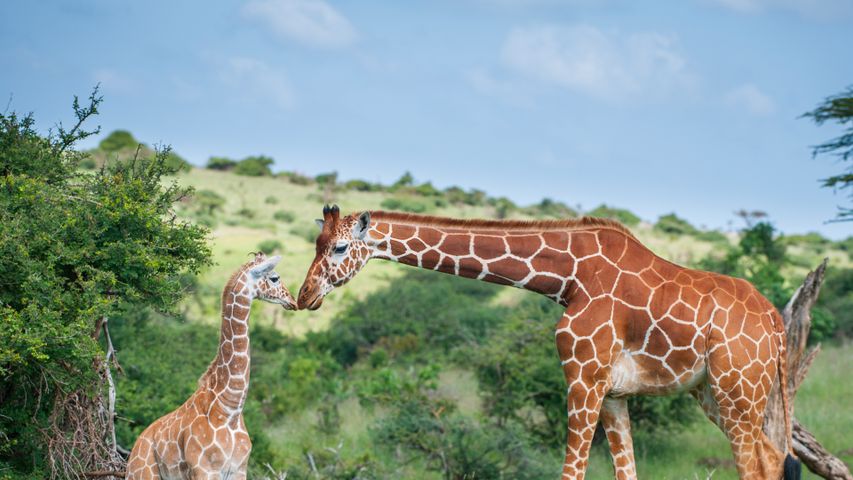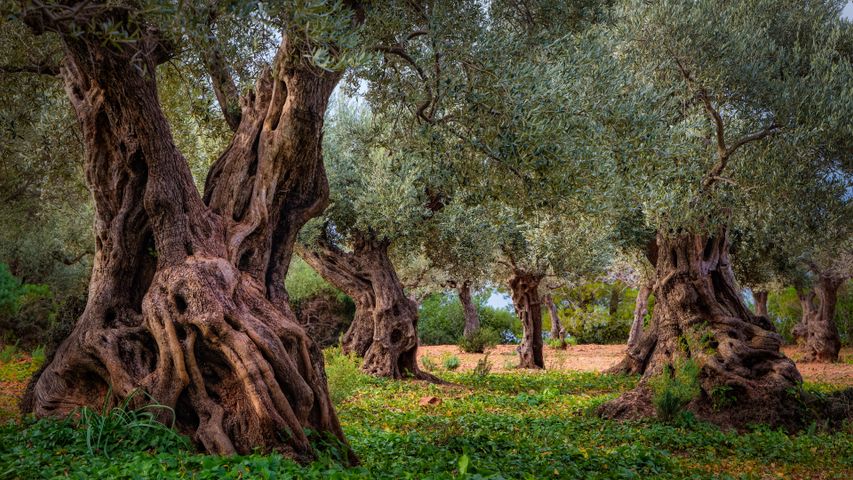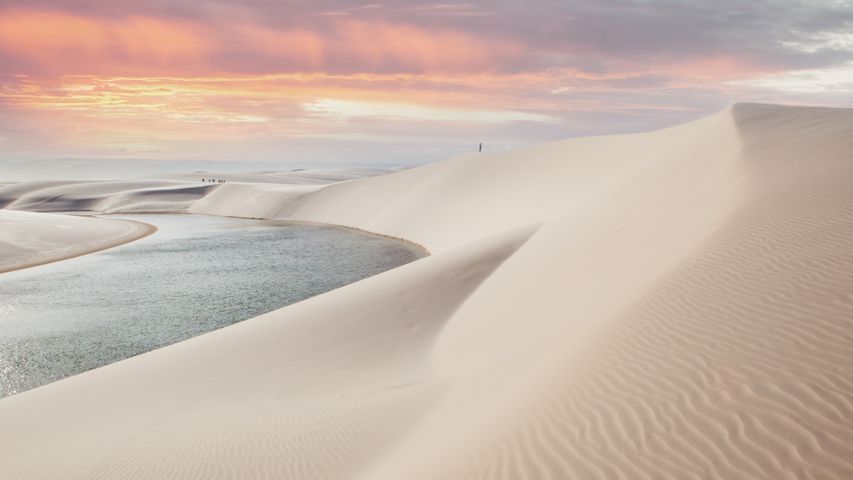Camels gather with their herders at the Pushkar Camel Fair, Rajasthan, India
© Anand Purohit/Getty Image
Balloons and camels are two ways to catch a ride here. Balloons and camels are two ways to catch a ride here
Welcome to India's largest camel and livestock festival, the Pushkar Camel Fair. Thousands of people travel across mountains and through the Thar Desert to buy and sell livestock and enjoy the carnival-like atmosphere here. The fair offers visitors many diversions, but it's the camels who get top billing. Considered 'ships of the desert,' camels were domesticated by nomads thousands of years ago to carry goods across forbidding landscapes.
When well fed and hydrated, a camel can travel great distances without needing water or food, sometimes for weeks. The humps on a camel's back serve a purpose: they're fatty deposits that act as a source of nutrition. Here, on the edge of the Thar Desert, the camel remains a mode of transport for nomads as well as a source for textiles, goods, and sustenance (did you know a camel's milk does not curdle in the desert heat?). The camel is held in such high esteem, the Pushkar Fair even holds camel decoration contests.
But there's another reason why people flock to Pushkar. The fair coincides with the holy festival of Kartik Purnima, held in the Hindu lunar month of Kartik. The eighth-century desert town itself is a beauty, with medieval architecture and over 50 whitewashed ghats - stairs that descend into Pushkar Lake. Pilgrims consider the lake water to be holy, especially during Kartik’s full moon when they believe their sins can be washed away. Needless to say, with all the pilgrims bathing here, photography is not allowed near the lake during the full moon. However, many shutterbugs opt for a view of the fair from a balloon ride at day's end.
Related Images
Bing Today Images


 Masai giraffe mother grooming her calf in the Serengeti, Tanzania
Masai giraffe mother grooming her calf in the Serengeti, Tanzania
 Maasai giraffes, Amboseli National Park, Kenya
Maasai giraffes, Amboseli National Park, Kenya
 Reticulated giraffe mother greeting calf, Lewa Wildlife Conservancy, Kenya
Reticulated giraffe mother greeting calf, Lewa Wildlife Conservancy, Kenya
 Leopard in a tree, Kruger National Park, South Africa
Leopard in a tree, Kruger National Park, South Africa
 Old olive grove in the Serra Tramuntana range, Majorca, Spain
Old olive grove in the Serra Tramuntana range, Majorca, Spain
 Rothschild's giraffe, Lake Nakuru National Park, Kenya
Rothschild's giraffe, Lake Nakuru National Park, Kenya
 Zebras and wildebeests in the Serengeti National Park in Tanzania
Zebras and wildebeests in the Serengeti National Park in Tanzania
 Gerenuk in Tsavo National Park, Kenya
Gerenuk in Tsavo National Park, Kenya



